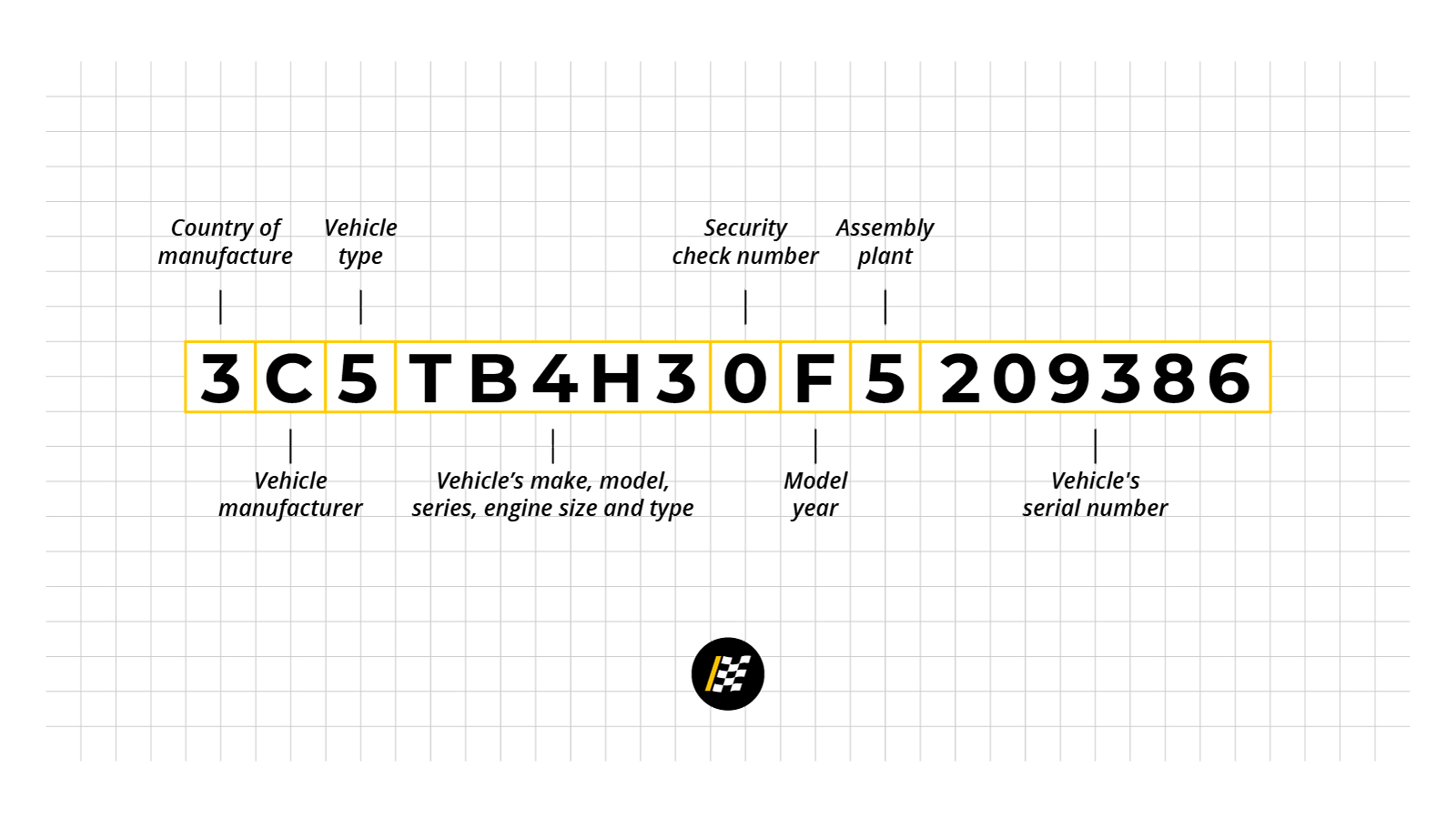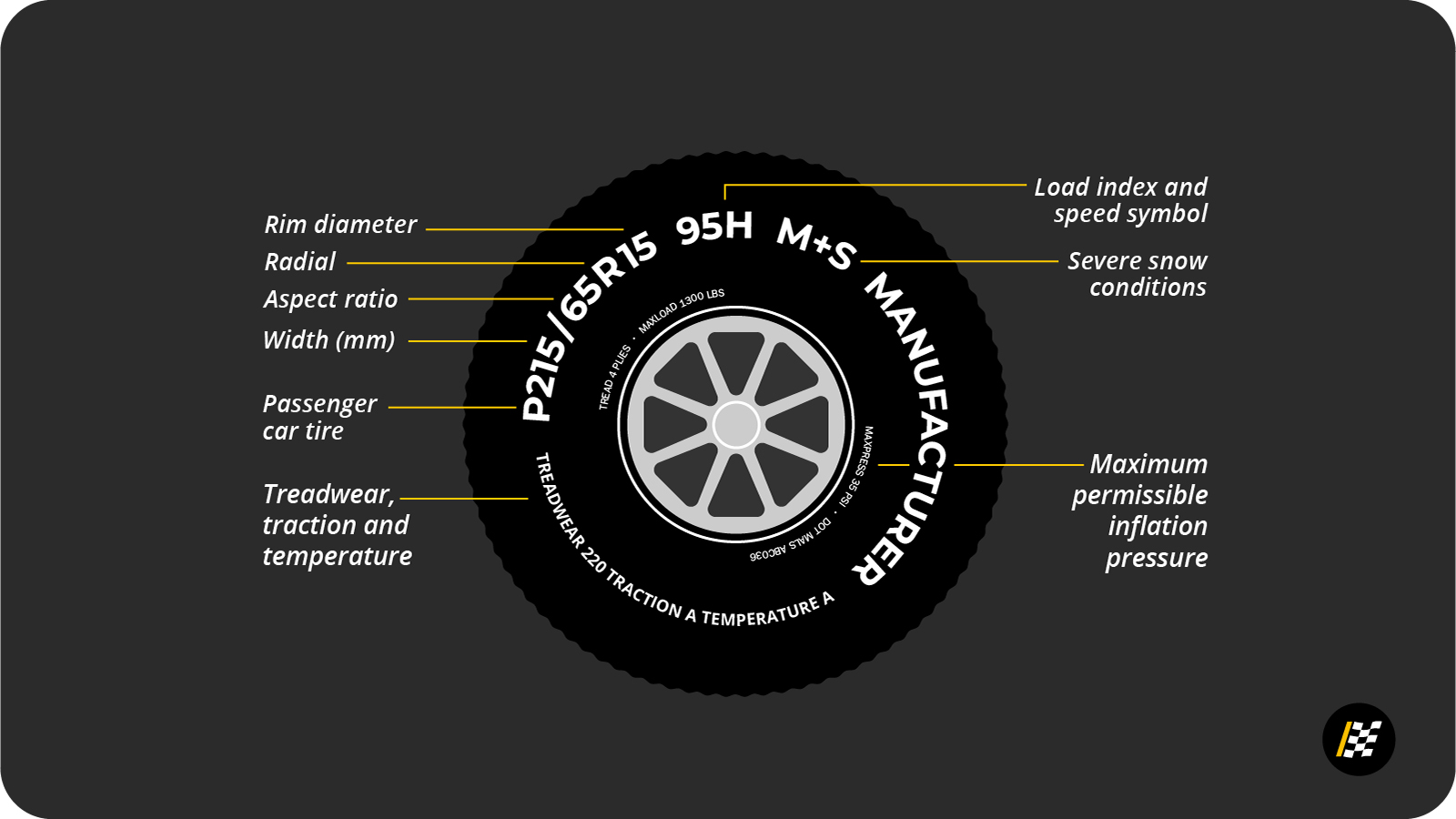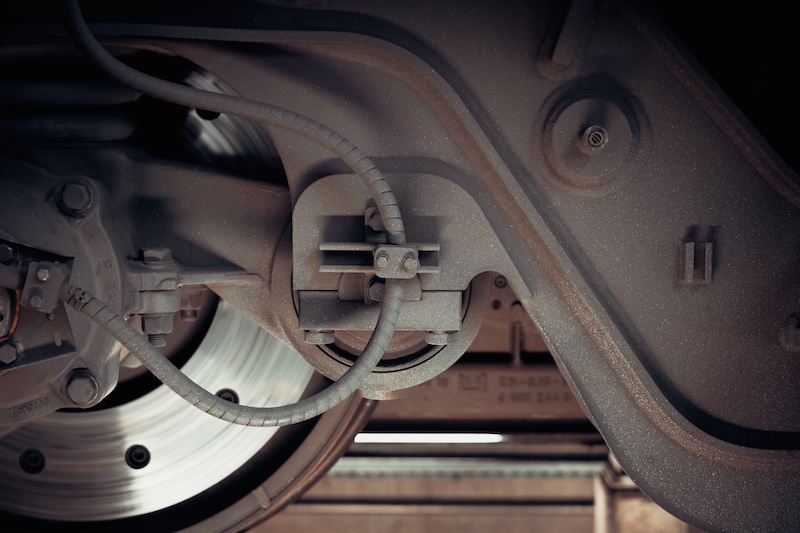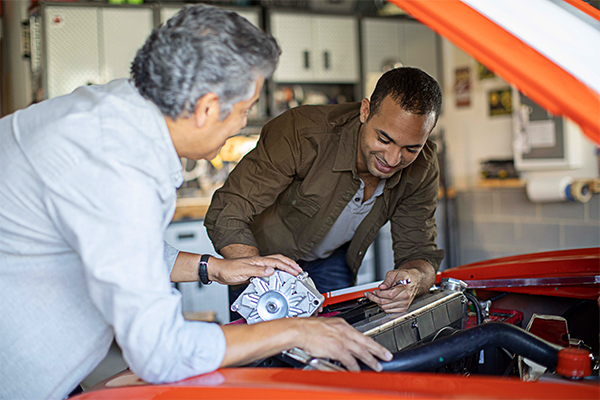The automotive world is full of numbers that indicate sizes, identifications, makes, and models. It's important to know about these numbers throughout your ownership experience, but it can be overwhelming at times. To help you know more about your vehicle, here is a quick rundown of your ride's most important numbers, their meaning, and where to find them.
Say hello to your VIN

VIN stands for vehicle identification number, and it contains your car's serial number, which is very important. You don't need to memorize your VIN number, but you should know where to find it. VINs can usually be found on the interior dashboard and are visible from looking outside the vehicle towards the driver's side lower corner of the windshield.
VINs can also be found inside the driver's side door jamb, under the hood, or on the front of the car's frame. They are usually stamped onto a small metal plate and include a 17-digit list of numbers and letters. Cars built before 1981 may only have 13 digits, while cars made during the 1950s and 60s have ten or fewer.
The car's registration, title, and insurance policy also list the VIN. Insurance companies, the DMV, car manufacturers, dealers, and repair shops all use this identification number, which is unique to the vehicle.
In addition to the serial number, the VIN also reveals where the car was built, its model, body style, safety features, transmission, engine size, and the year it was made. Wondering if that classic Camaro is a 305 or 350 V8? The VIN will tell you (the eighth digit will be "F" or "8" respectively). Repairs made to the vehicle are also attached to the VIN. The data can be unlocked by punching the digits into a VIN decoder. If you sell your car, change insurance companies, or need a quote for service, you may be asked for your VIN.
Decode your tire number
Car tire sizes measure the width, aspect ratio of tire height to width, tire type, and wheel diameter. If you dive deeper into the fine print on the side wall of the tire, you'll see a load index, speed rating, traction grade, and manufacture date.

The big numbers are important if you are buying new tires to make sure the tires fit the car properly. The little numbers help determine the tire quality, which translates into various levels of grip, noise, and comfort. When buying a used car, the most important numbers on your tires tell you the manufacture date. Contrary to popular belief, tires have an expiration date. If you're buying a used car, look for a four-digit date code, something like "1512." This means the tire was manufactured in the fifteenth week of 2012, and it's due for replacement no matter how nice it looks. Use this to your advantage and negotiate the price down accordingly.
What does my model number mean?
Many cars have a model number in addition to or instead of a name. The names, numbers, and initials can be confusing because each car manufacturer uses its own internal naming system to designate body types, engine configurations, and trim packages. Trim packages are options usually grouped together into an edition. Trim packages can include upgraded interiors, entertainment packages, cold-weather goodies, and different engines. The best place to decode your model number is your manufacturer's website or an online review of that model.
What size is my engine?
Engines are sized and rated using lots of numbers, but the most important is the number of cylinders and the size, also called displacement. Internal combustion engines produce horsepower via pistons moving up and down in cylinders. Car engines can have anywhere from three to sixteen cylinders.
More powerful engines tend to have more cylinders, and they can be arranged in a straight line in the engine, which is called an I or straight formation. There are also V, W, flat, or round “rotary" configurations. Adding up the cylinder sizes equals your displacement, which is measured in liters.

When buying parts, getting a quote for service, or insurance, you'll be asked about the engine size. The configuration can be found in the owner's manual, sometimes on the engine itself, or by decoding the VIN.
How much horsepower does my car have?
Larger car engines generally produce more horsepower, which measures force, distance, and time. Horsepower helps determine how fast the car can go and how much weight it can carry. Horsepower ratings can be revealed in the owner's manual or by looking at the engine displacement online. Horsepower is good to know if you're towing things, moving heavy loads, or racing on the weekends.
The numbers of the automotive world can be confusing, but with some investigation, they can be simplified and examined for useful information.
What numbers are important to you when researching, buying, or considering DIY projects on a car? Share in the comments below!








